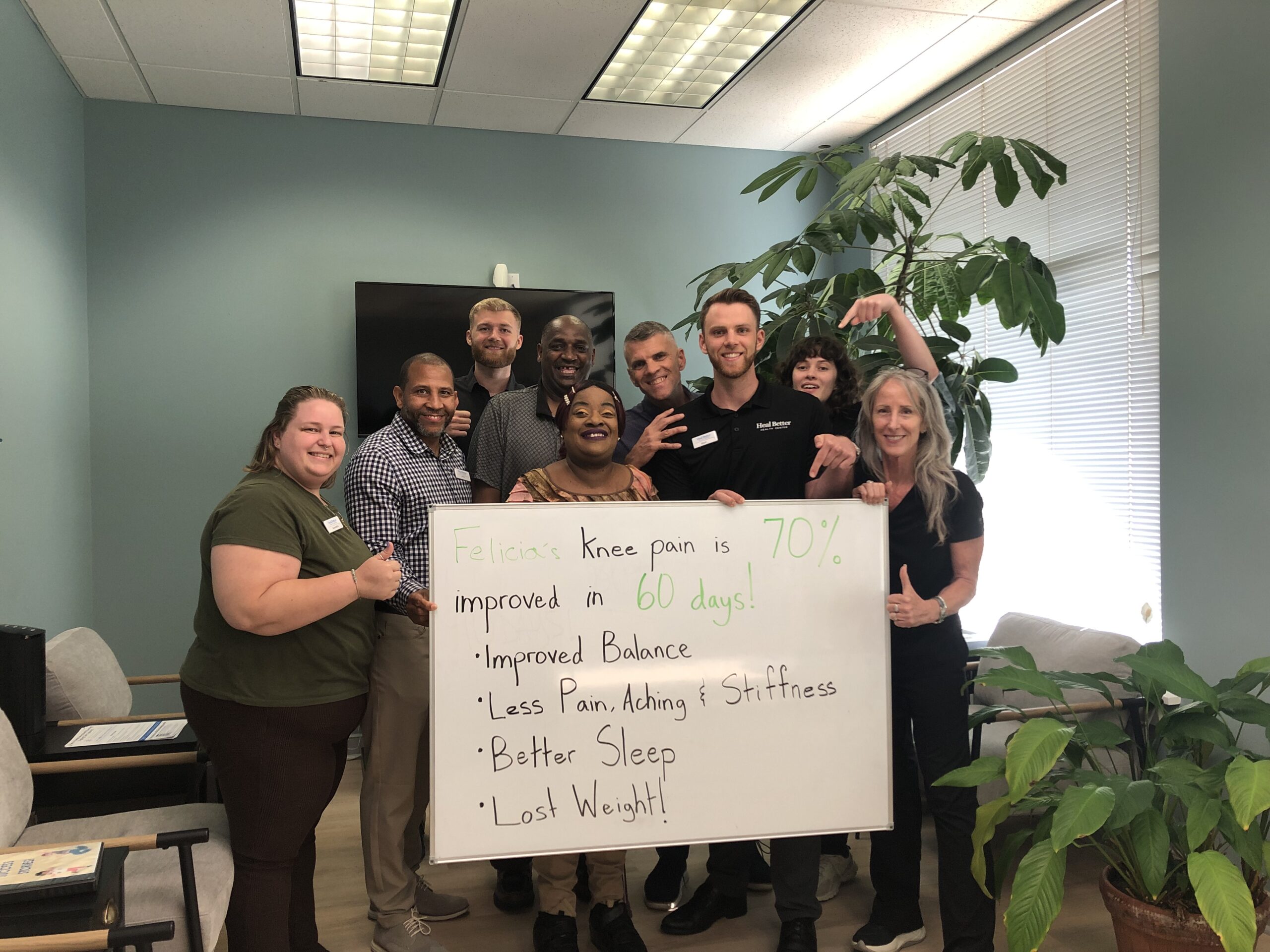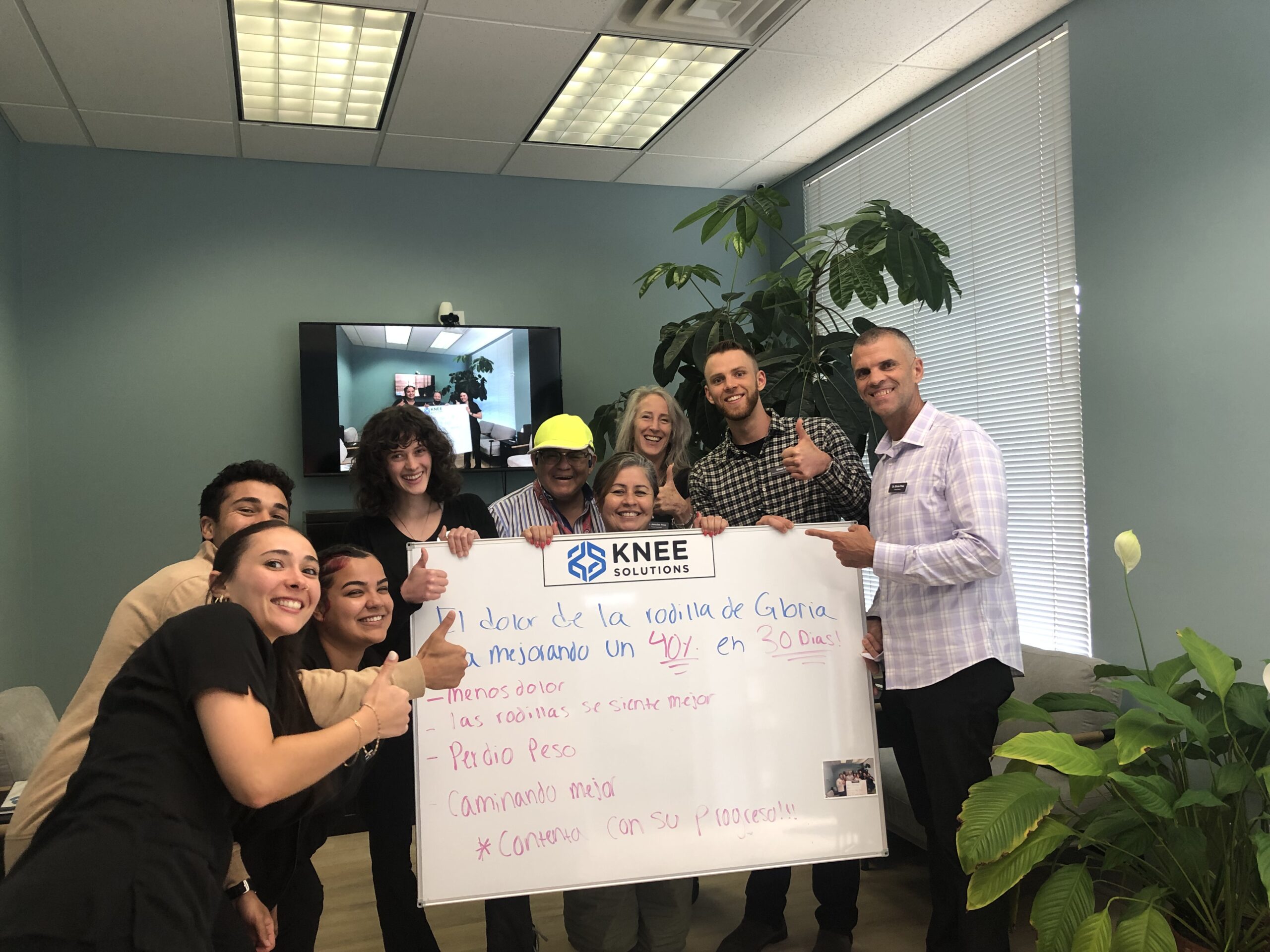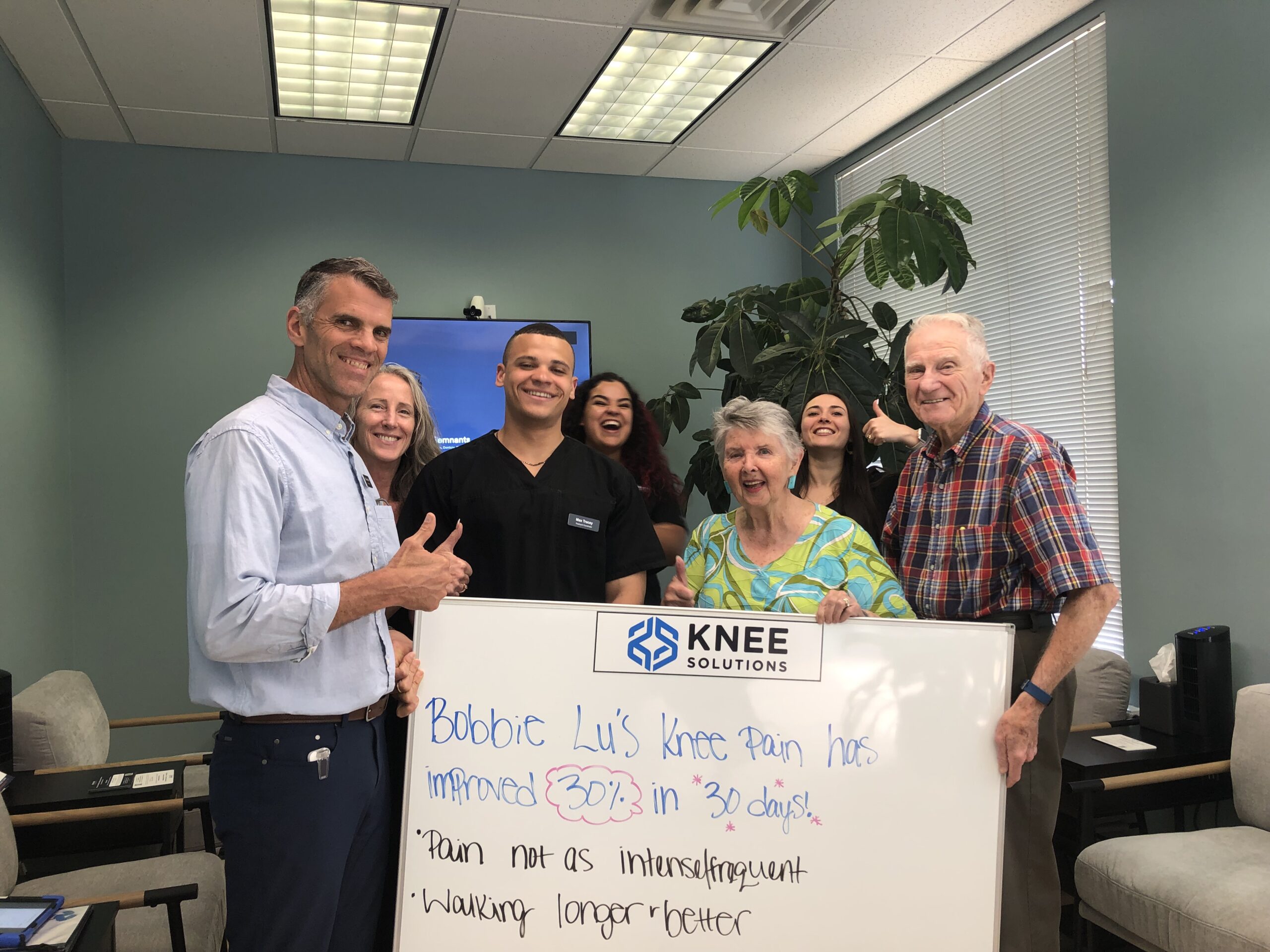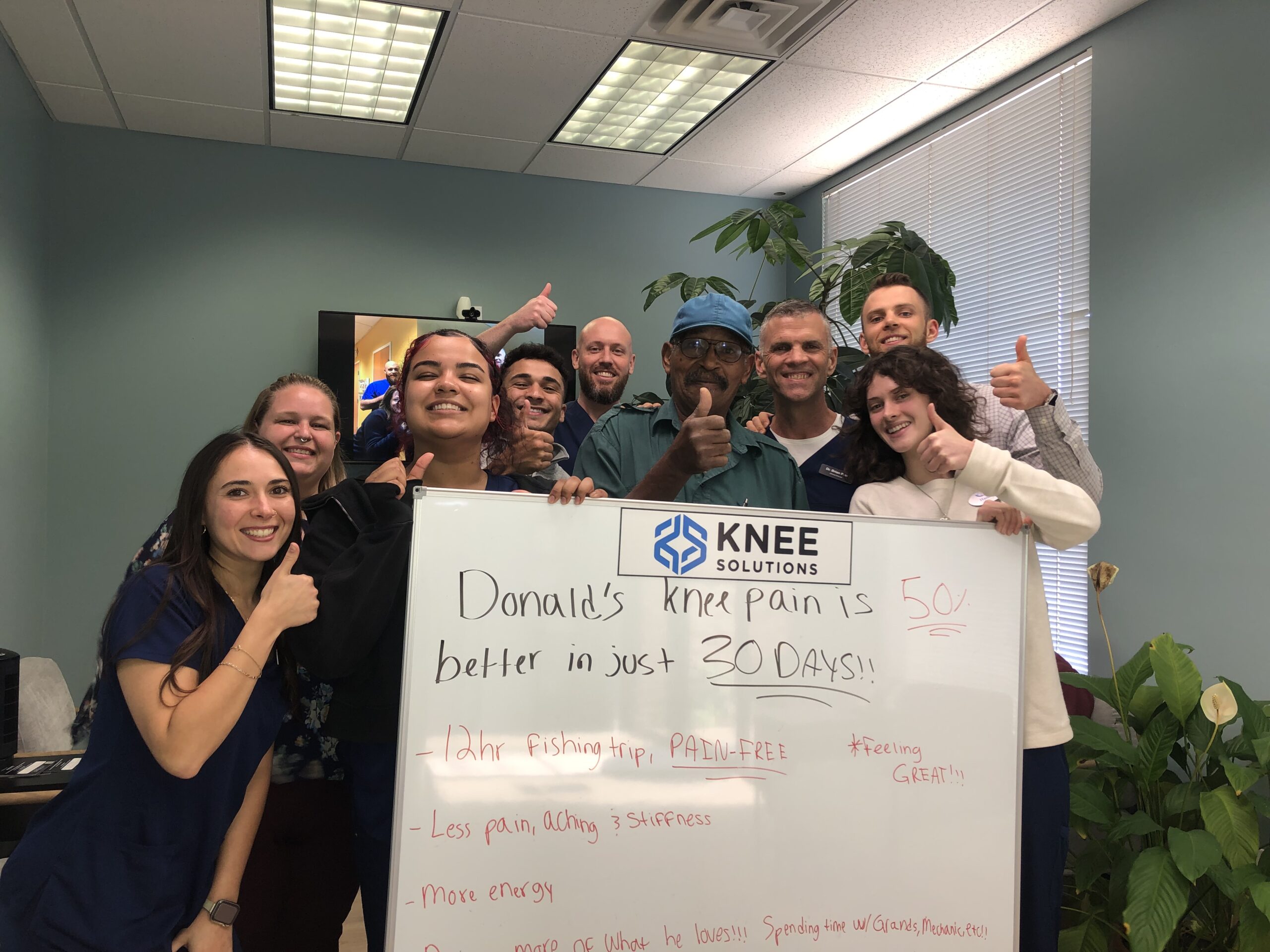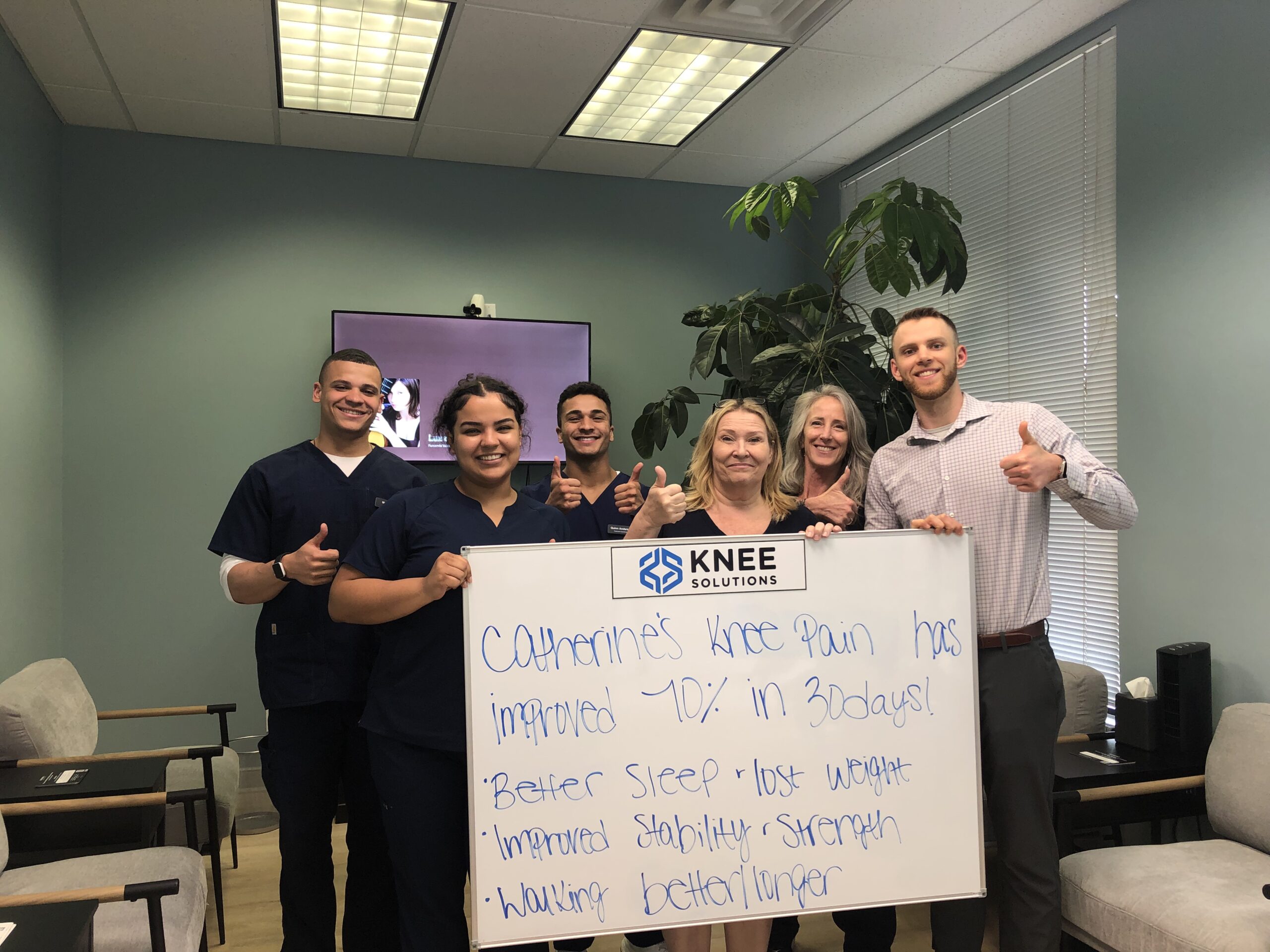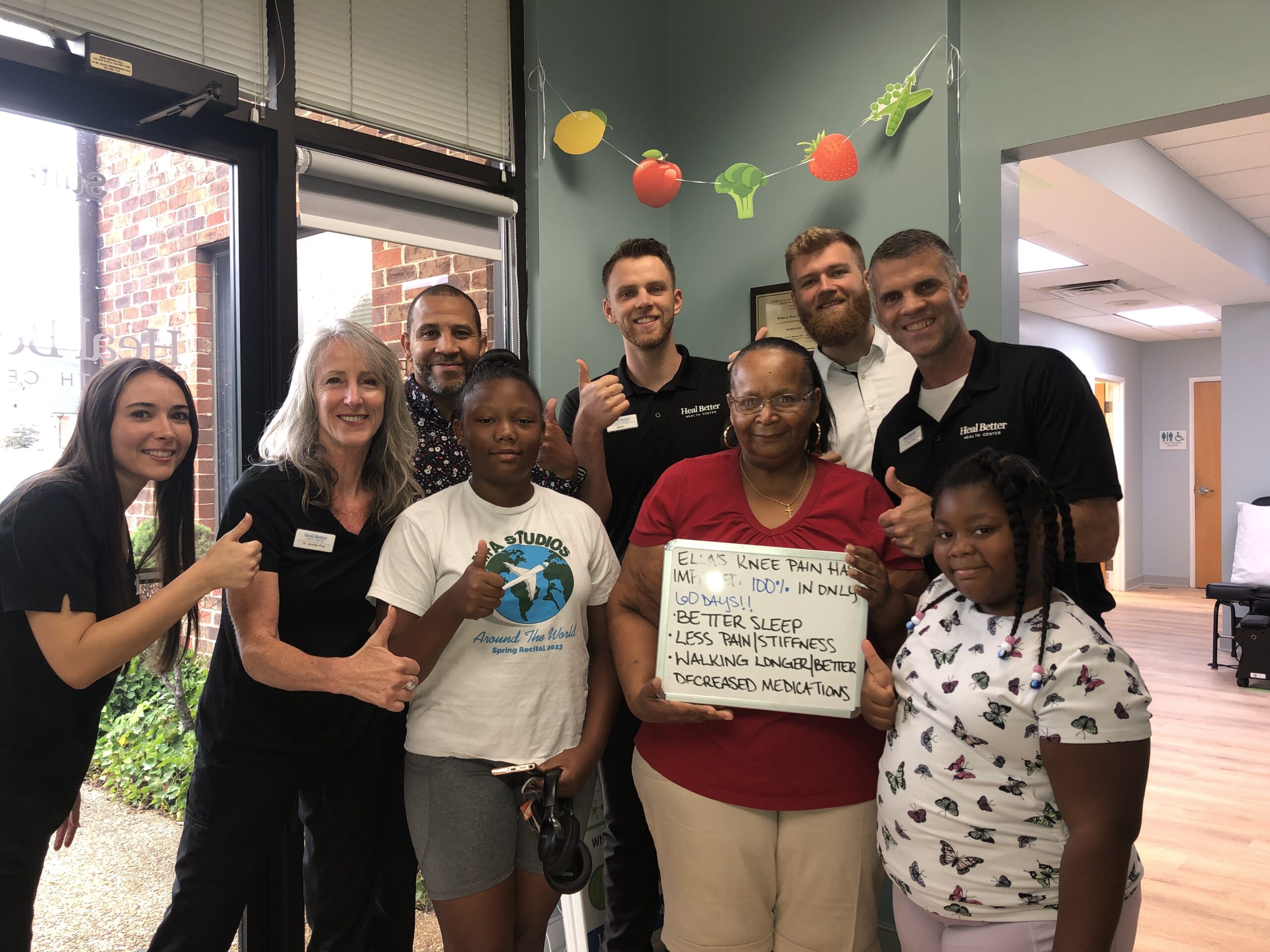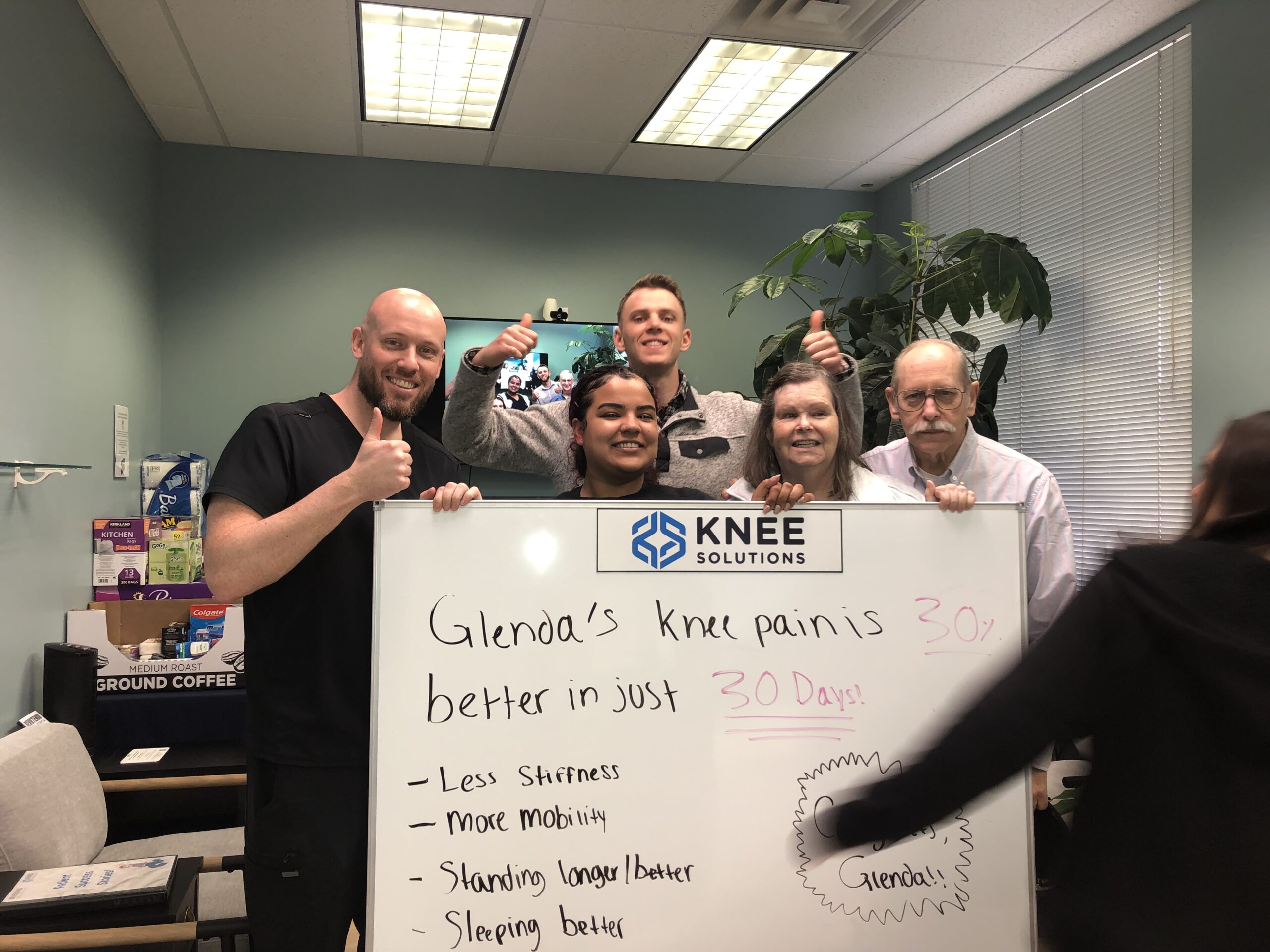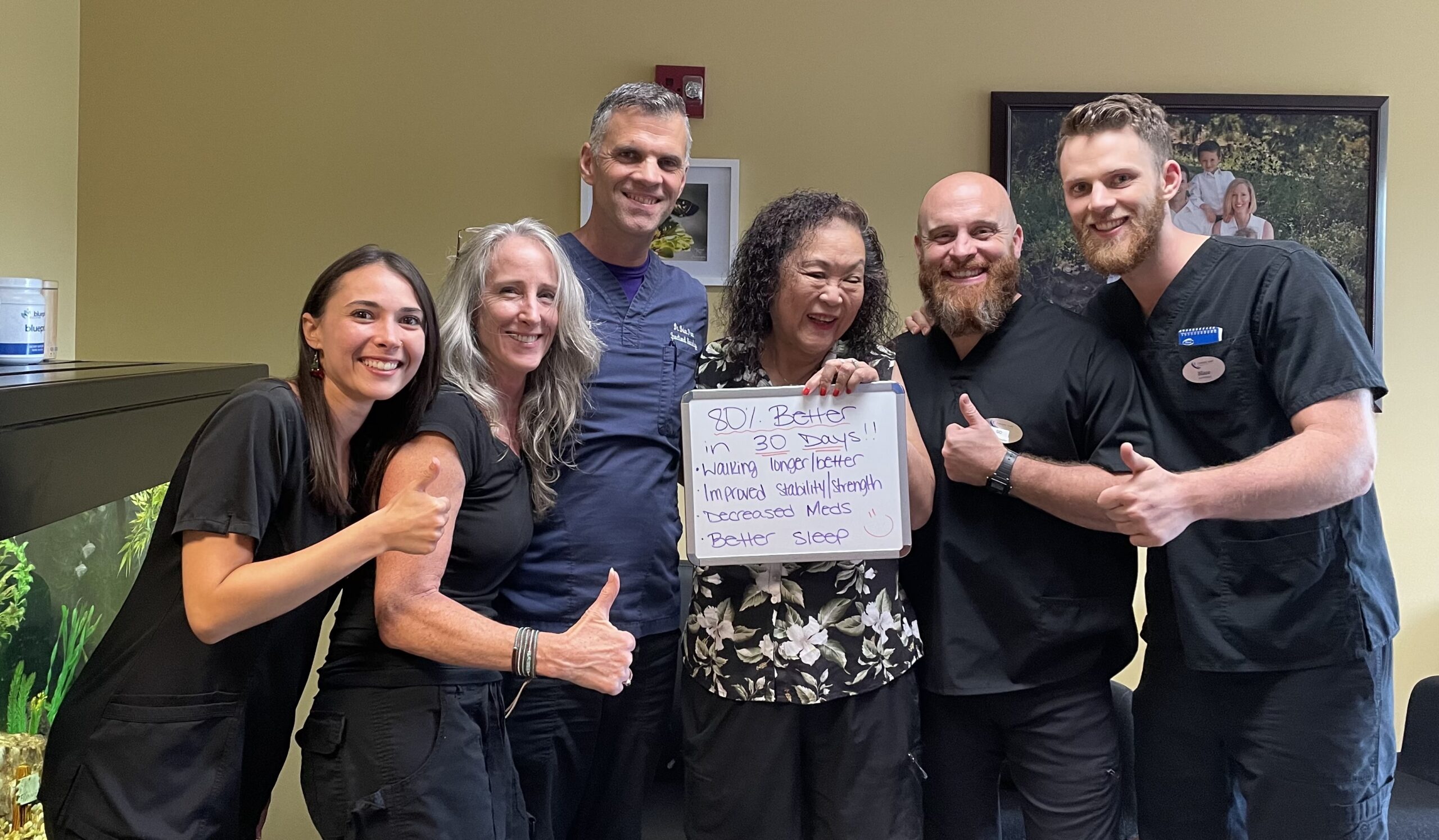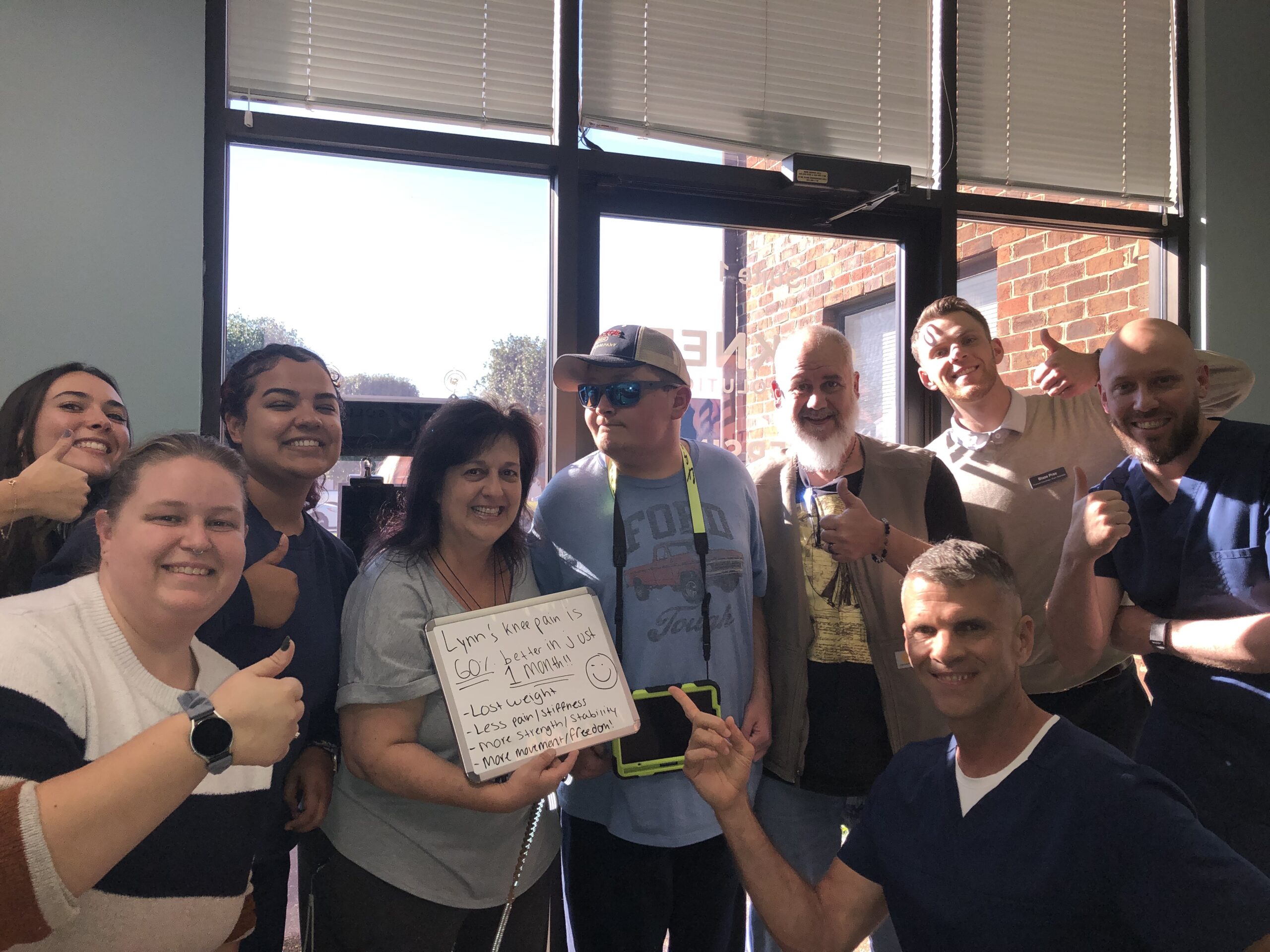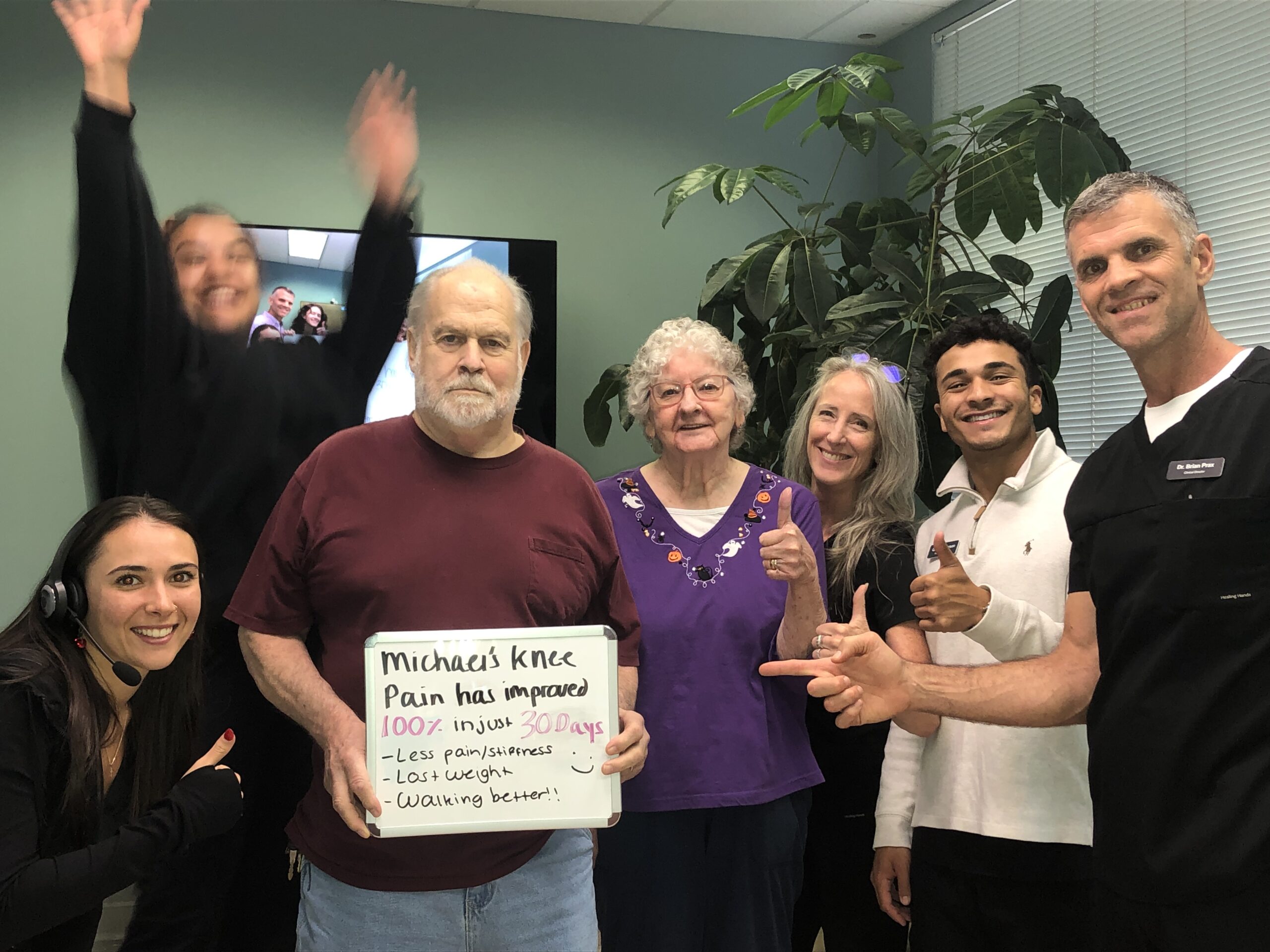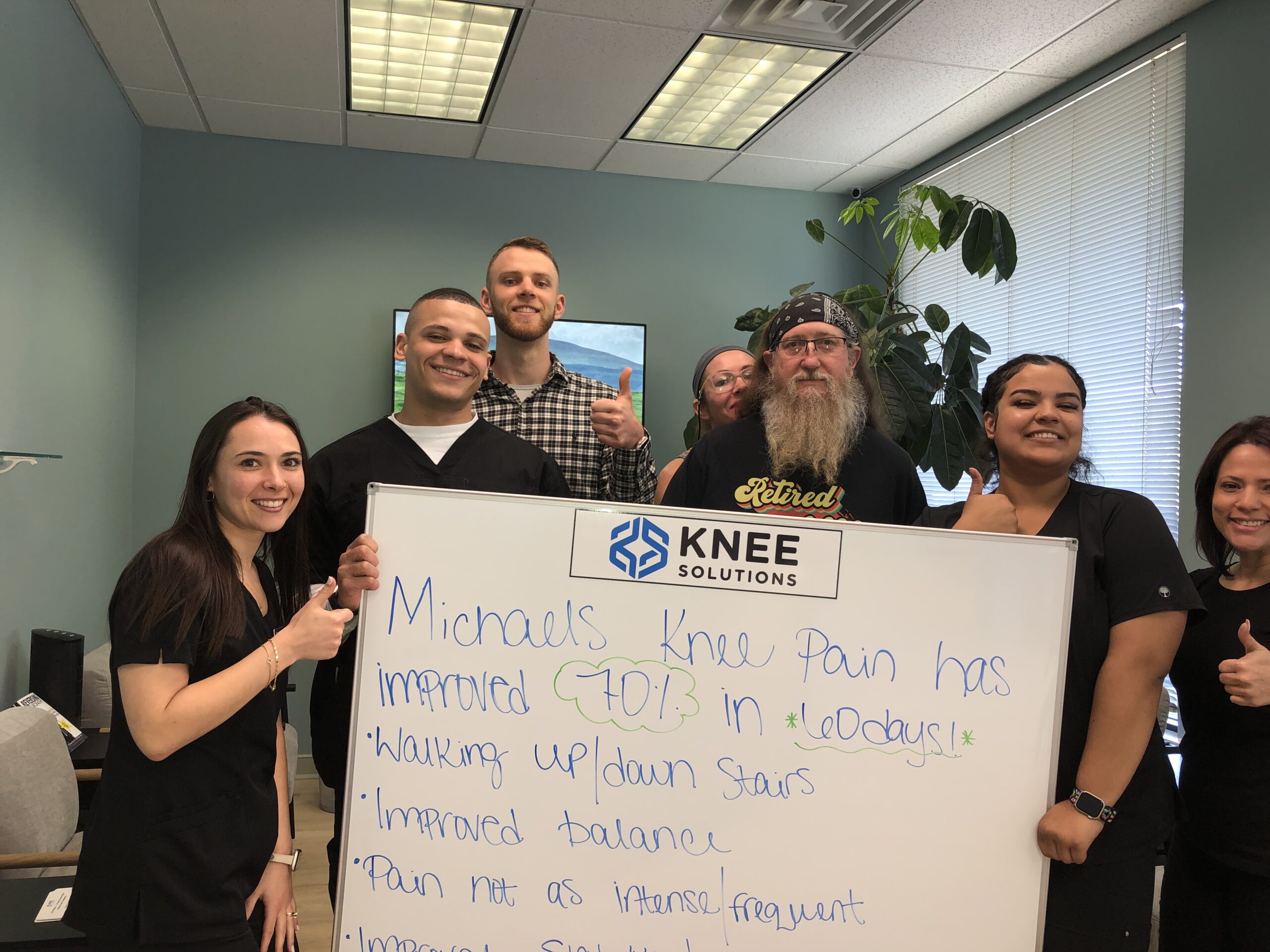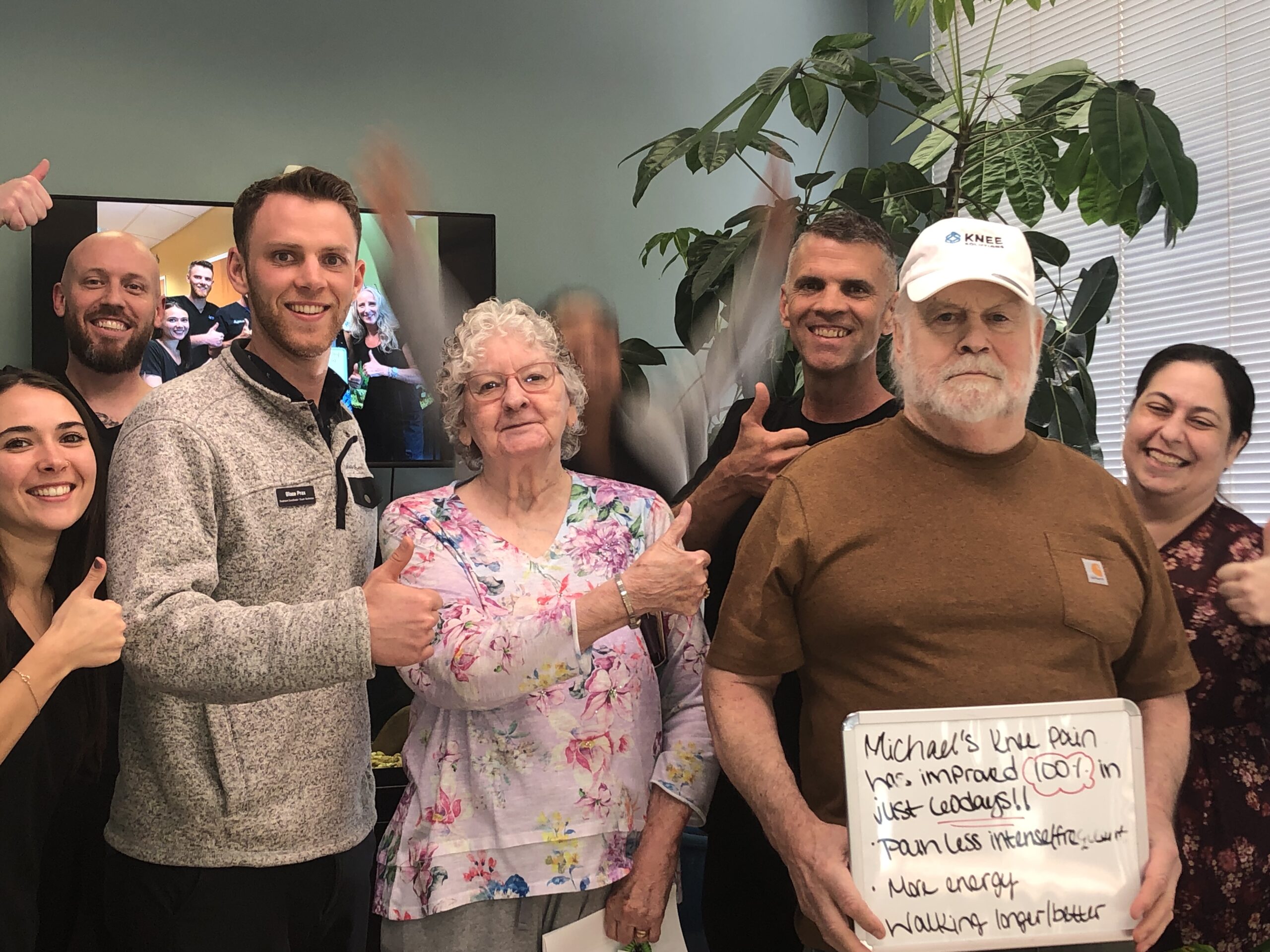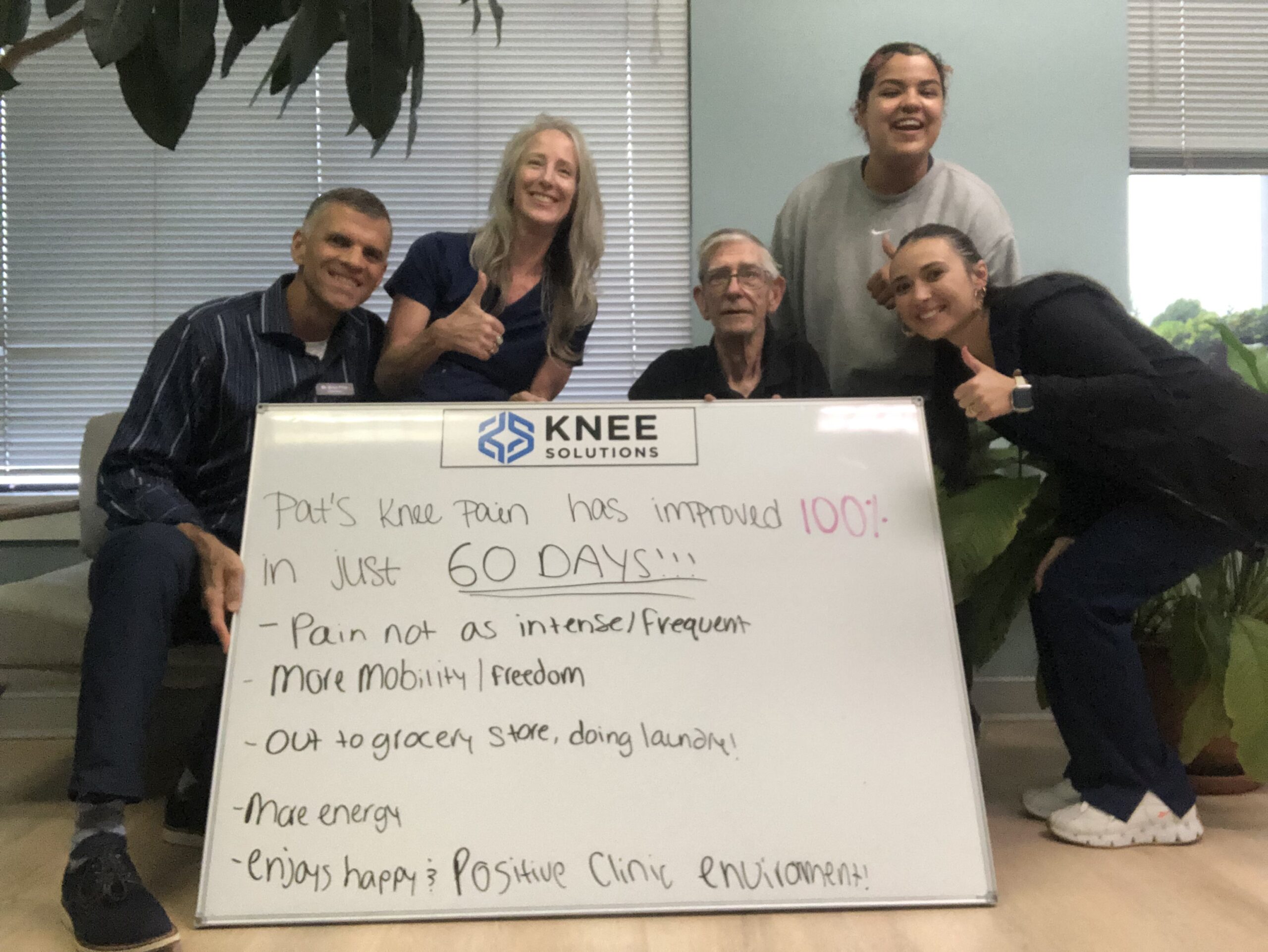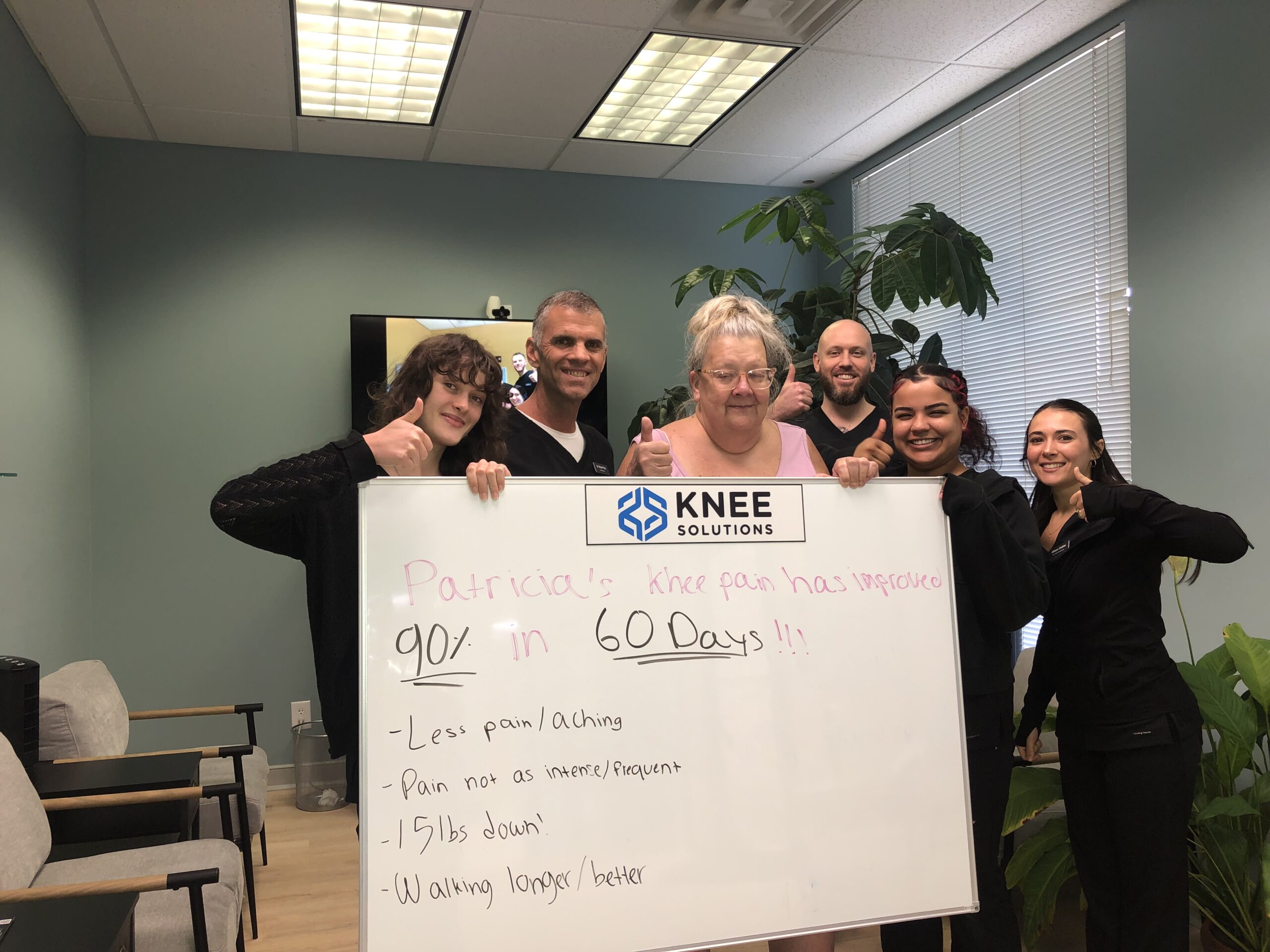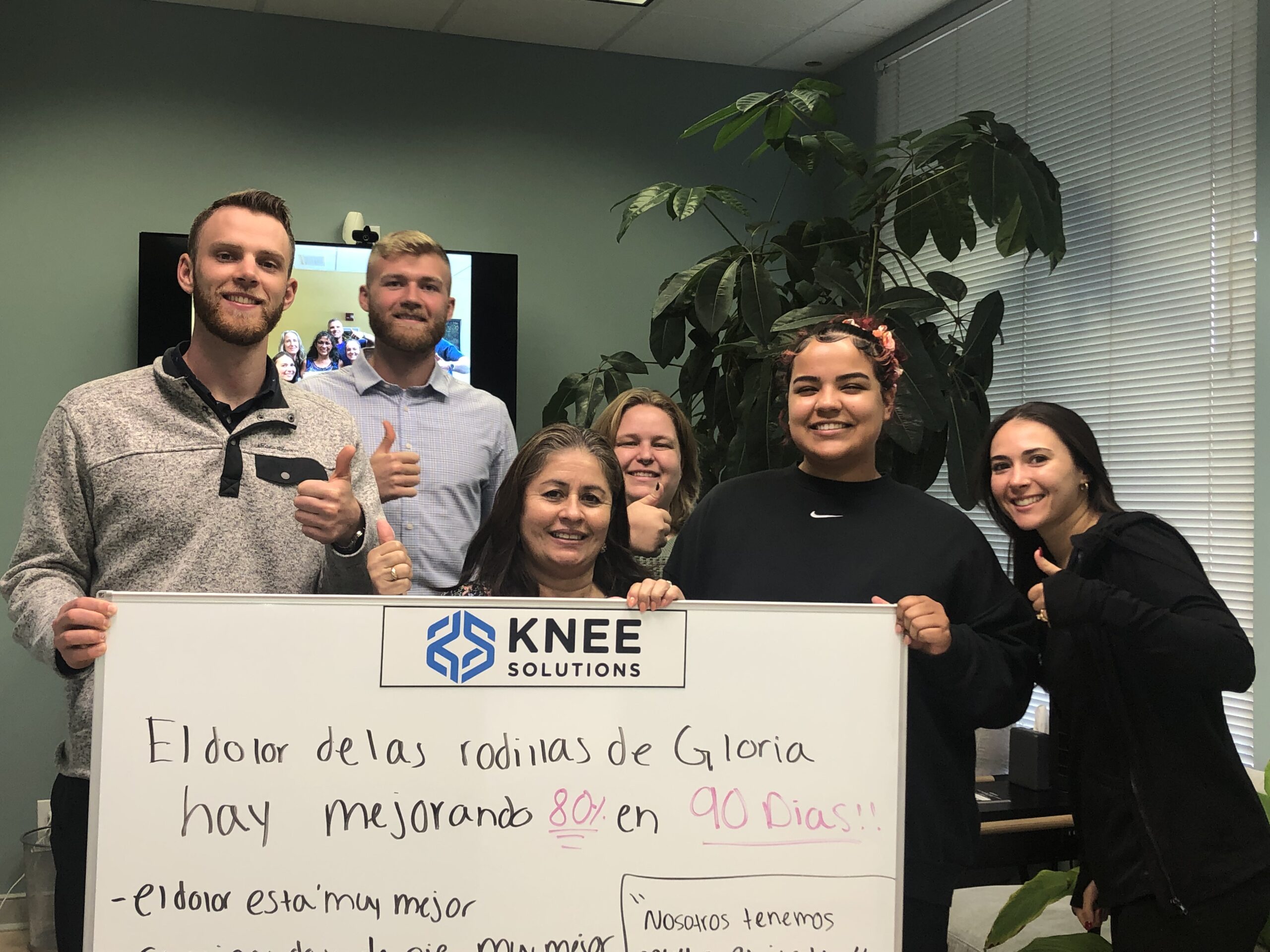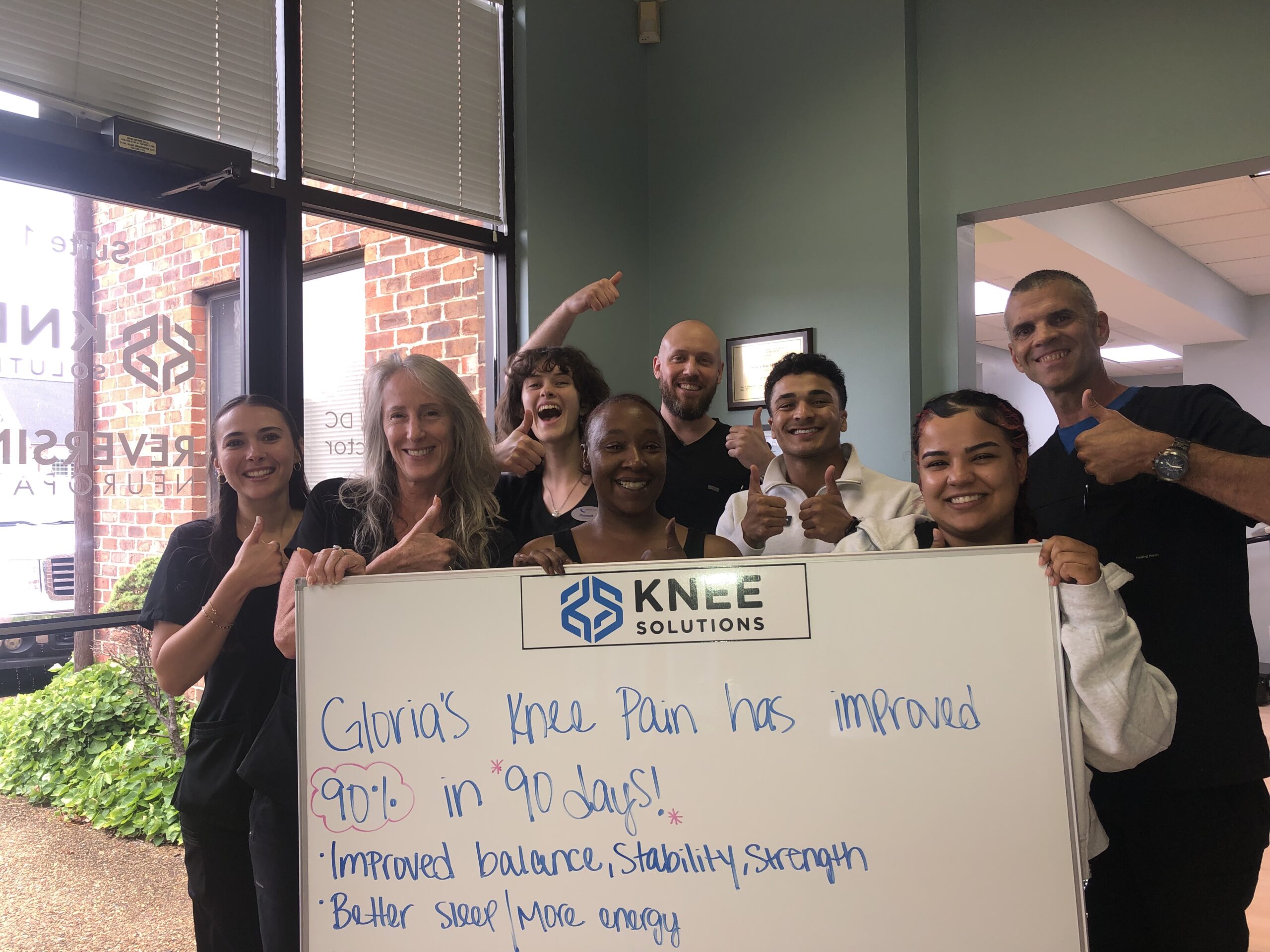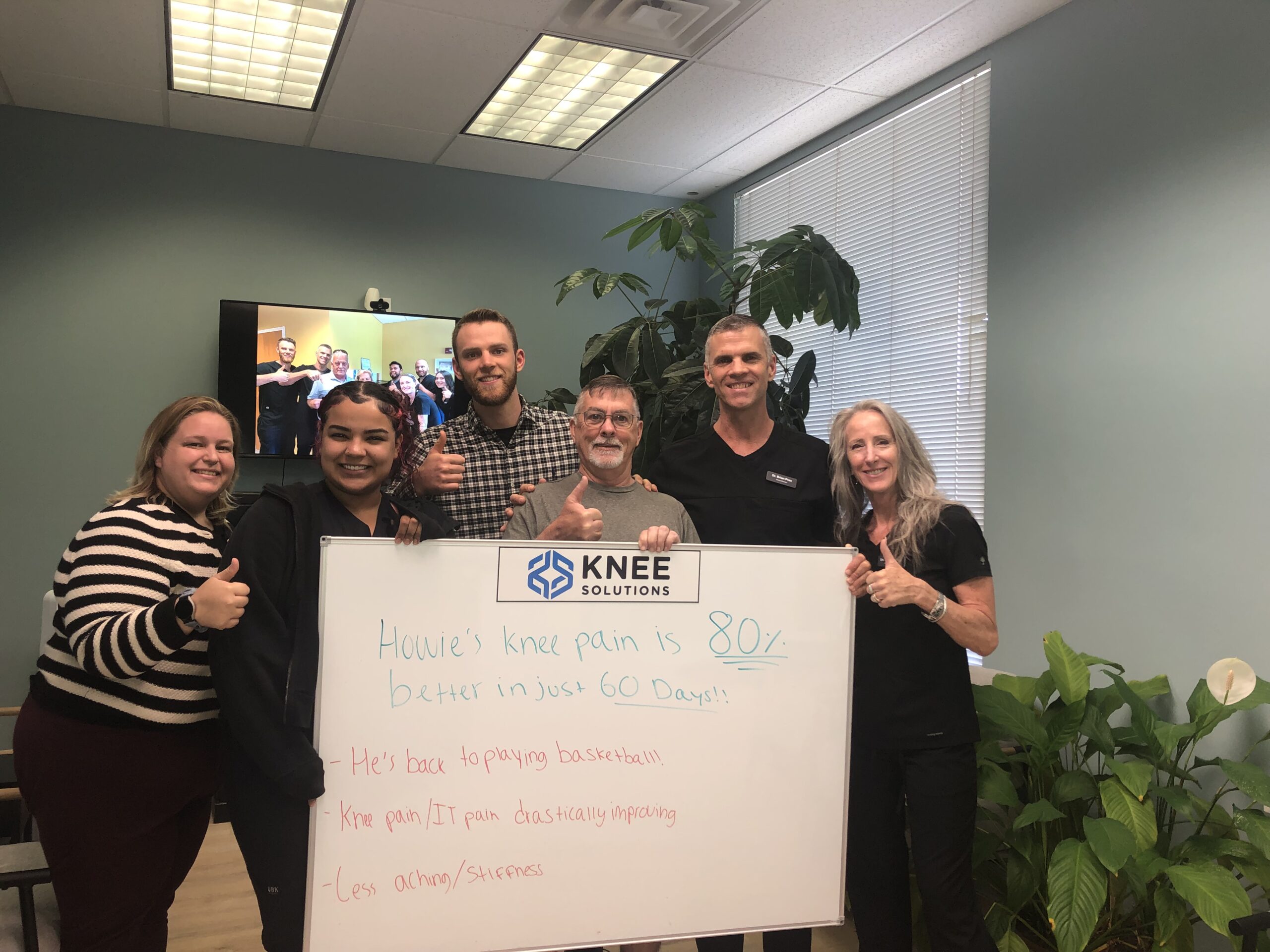Knee Pain Treatment in Charlottesville, VA
We treat more than the joint. We help restore nerve and muscle support with an all-natural, non-invasive, non-surgical approach.
If your knee aches, swells, or gives out, the joint might not be the only problem.
You deserve real answers before committing to injections, surgery, or knee replacement.
You Might Be Here Because…
If any of this sounds familiar, you’re in the right place.
Many of our patients drive in from across Central Virginia to explore natural, non-surgical options before resorting to knee replacement.
What Is Chronic Knee Pain?
Chronic knee pain is pain that lasts longer than three months. In many cases, it is caused by nerve dysfunction or muscle shutdown, not just cartilage damage or arthritis. The knee is a complex joint made up of bones, ligaments, tendons, muscles, and nerves. When these systems fall out of sync, pain often shows up in the joint even if X-rays do not show a clear reason. Identifying the true source is the key to lasting relief.
In many cases, it is treatable with natural, non-invasive methods that restore function without surgery or medication.
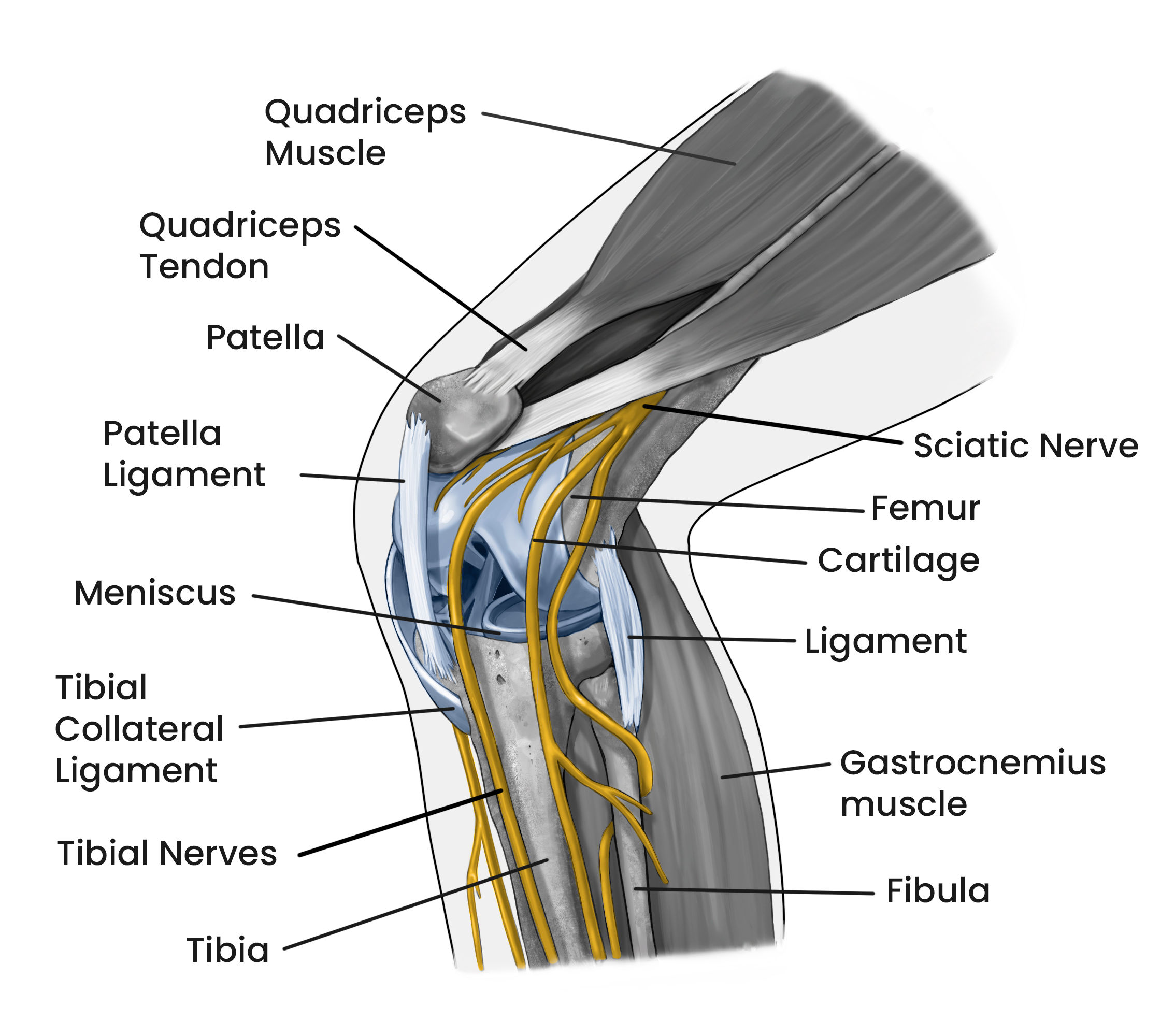
Common Symptoms of Chronic Knee Pain
Stiffness after sitting, driving, or sleeping
Deep aching or stabbing pain
Clicking, popping, or grinding
Weakness when climbing stairs or rising from a chair
Knee buckling or instability
Swelling or warmth around the joint
Nighttime pain that disrupts sleep
Tenderness when pressing on specific areas
Possible Causes or Contributors
Nerve irritation or misfiring signals to the muscles (neuromuscular dysfunction)
Muscle shutdown or weakness from lack of proper control
Trigger points in quadriceps or hamstrings
Patellofemoral tracking issues
Scar tissue or instability from past injury
Degenerative changes in cartilage or meniscus
Poor circulation or chronic inflammation
Compensation from hip, ankle, or foot imbalances
Why It’s Worth Taking Seriously
Knee pain rarely shows up all at once. It builds quietly, slowly limiting what you can do and chipping away at how you feel.
- You stop using stairs, kneeling, or sitting in low chairs because the pain flares every time
- You skip events or outings because you’re worried about walking too far or standing too long
- You start gaining weight, not because of bad habits, but because moving hurts too much
- You lose muscle strength and balance, which increases your risk of falling
- You become dependent on meds or injections that only mask the pain and can damage the joint
- You get told it’s “bone on bone,” even without proper imaging, and feel pushed toward surgery
- You feel like your world is shrinking, and you’re losing the freedom to live life on your terms
Without proper support, many people slide toward surgery by default, often without exploring other options. But if your pain is from something correctable, there may still be time to avoid surgery through non-surgical knee pain treatment like what we offer here in Charlottesville.
Why You Haven’t Gotten Better Yet
If you are still in pain, it is not because you have not tried hard enough. It is because most treatments were never designed to correct the real problem.
For many people, the missing piece is how the nerves and muscles are working together. That is why so many common options only bring short-term relief.
Here’s why they often fall short:
| What You Tried | Why It Often Falls Short |
|---|---|
| Prescription or Over-the-Counter Medications | These can reduce pain or inflammation in the short term, but they do not address the nerve and muscle dysfunction that continues to strain the joint. |
| Injections (steroids, hyaluronic acid, PRP, stem cell, etc.) | Injections may calm irritation or cushion the joint, but they do not retrain how nerves and muscles support the knee. Repeated use can even accelerate joint wear and bring you closer to surgery. |
| Physical Therapy and Exercise | Therapy and exercise can improve circulation and strength, but if the nerves are not firing correctly, the muscles will not function as they should. Without restoring nerve-to-muscle communication, results are usually limited. |
| Braces (including unloader braces) | Braces can reduce pressure and improve stability, but relying on them is like leaning on a crutch. Without retraining neuromuscular pathways, the body may grow more dependent on the brace and less able to function freely. |
| Natural Remedies (ice, fish oil, glucosamine, etc.) | Natural approaches may ease irritation or provide comfort, but they are not specific enough to correct the dysfunction between nerves and muscles that is often the real cause. |
| Surgery (including knee replacement) | Surgery can reshape or replace joint surfaces, but if neuromuscular dysfunction is still present, pain may continue after the procedure because the root cause was not corrected. |
How Our Approach Is Different
Most knee pain treatments focus on short-term relief, numbing the pain, reducing inflammation, or injecting the joint.
We focus on restoring how your knee actually functions.
That starts by identifying the real source of the pain. It’s often not the cartilage or bone, but actually the muscles and nerves that control those muscles in and around the joint. Once we find what’s driving the problem, we build a personalized plan to correct it, without prescriptions, shots, or surgery.
What To Expect
We keep things simple, clear, and focused on you.
1
Consultation
We begin by listening. Your first visit starts with a conversation about what you’re experiencing, what you’ve tried, and how it’s impacting your life. This helps us understand your unique situation and whether you’re in the right place.
2
Evaluation + Sample Treatment
After the consultation, we perform a light evaluation to ensure it’s safe to proceed. If it is, you’ll receive a brief, non-invasive sample treatment designed to see if your body responds to our approach right away.
How does the sample treatment work?
- We use a combination of joint decompression and cold laser therapy.
- The session lasts about 10 minutes and is completely natural and non-invasive.
- The goal is to stimulate nerve and muscle function around the knee so we can gauge your responsiveness on the spot.
What happens after the sample treatment?
- If you respond well, we’ll proceed with any needed imaging or testing:
- X-rays (if necessary)
- Foot scan to assess arches and pressure patterns
- These give us a clearer picture of what’s contributing to your pain and how to address it.
What if I don’t respond well to the sample treatment?
- If there’s no noticeable improvement, we won’t move forward with further testing.
- Instead, we’ll refer you to the provider or specialist best suited to help.
- No pressure, no guesswork, just honest guidance.
3
Report of Findings
If you do respond to the sample treatment and we complete any additional testing, we’ll bring you back, usually within 24 to 48 hours, to review your results and discuss whether you’re a good fit for care.
What your report includes
- Review of any x-rays or foot scans we performed
- Explanation of what we believe is causing your pain
- Clear next steps if we believe we can help
- A personalized, honest recommendation or referral if not a fit

You’ll leave with answers, clarity, and a next step. No pressure. No surprise costs.
Request Your Free EvaluationHear From People Like You
No one wants to be a test case. That’s why we invite you to hear directly from real people who have walked through our doors. Some were unsure. Some were skeptical. Many were told there was nothing left to try.
Others just wanted to avoid more medication, more procedures, or a future they didn’t want to accept.
In the video below, you’ll meet a few of them. Different ages. Different stories. Different walks of life. But one thing in common: they found a path forward.
Want to hear more?
Frequently Asked Questions
Do you take insurance?
Yes. We’ll collect your insurance card at your visit. Coverage depends on your evaluation and what your treatment plan includes. Either way, you’ll know any out-of-pocket costs up front with no surprise bills.
How much does treatment cost?
Your first consultation, exam, and sample treatment are completely free. If you're a good candidate and want to move forward, we’ll review everything clearly before you make a decision. No pressure. No guesswork.
What happens at the first visit?
First, we talk about your pain, what you've tried, and what's important to you. Then we run some light testing and offer a short sample treatment to see if your body responds. If it does, we’ll map out next steps. If not, we’ll help point you in the right direction.
What kind of treatments do you use?
Everything we do is natural and non-invasive. We use tools like cold laser, joint decompression, vibration therapy, and Trigenics to restore how your nerves, muscles, and joints work together. No drugs. No injections. No surgery.
Can this help if I’ve been told I’m bone on bone?
It might. Many patients who were told they’re bone on bone, even by multiple doctors, have still gotten significant relief here. X-rays don’t always tell the full story. That’s why we test how your body functions, not just how it looks.
Why do I need a support person at the visit?
It helps. They might notice changes you miss, ask questions you forget, or simply support you in making an informed decision. It’s not required, but we highly recommend bringing someone if you can.
Are you affiliated with UVA or Sentara?
No, we’re an independent clinic. But we’re happy to access your records through MyChart if it helps us understand your case better.




